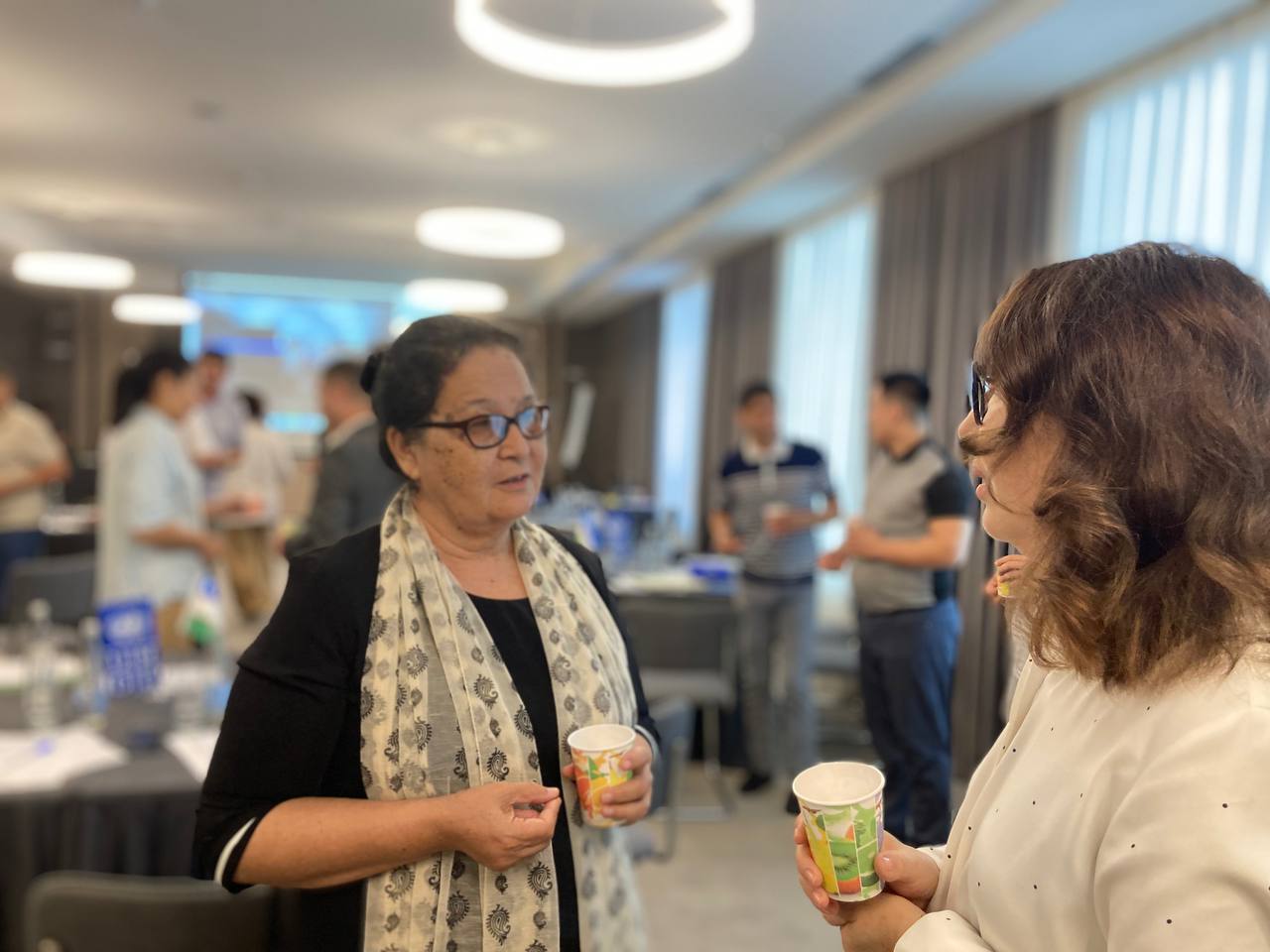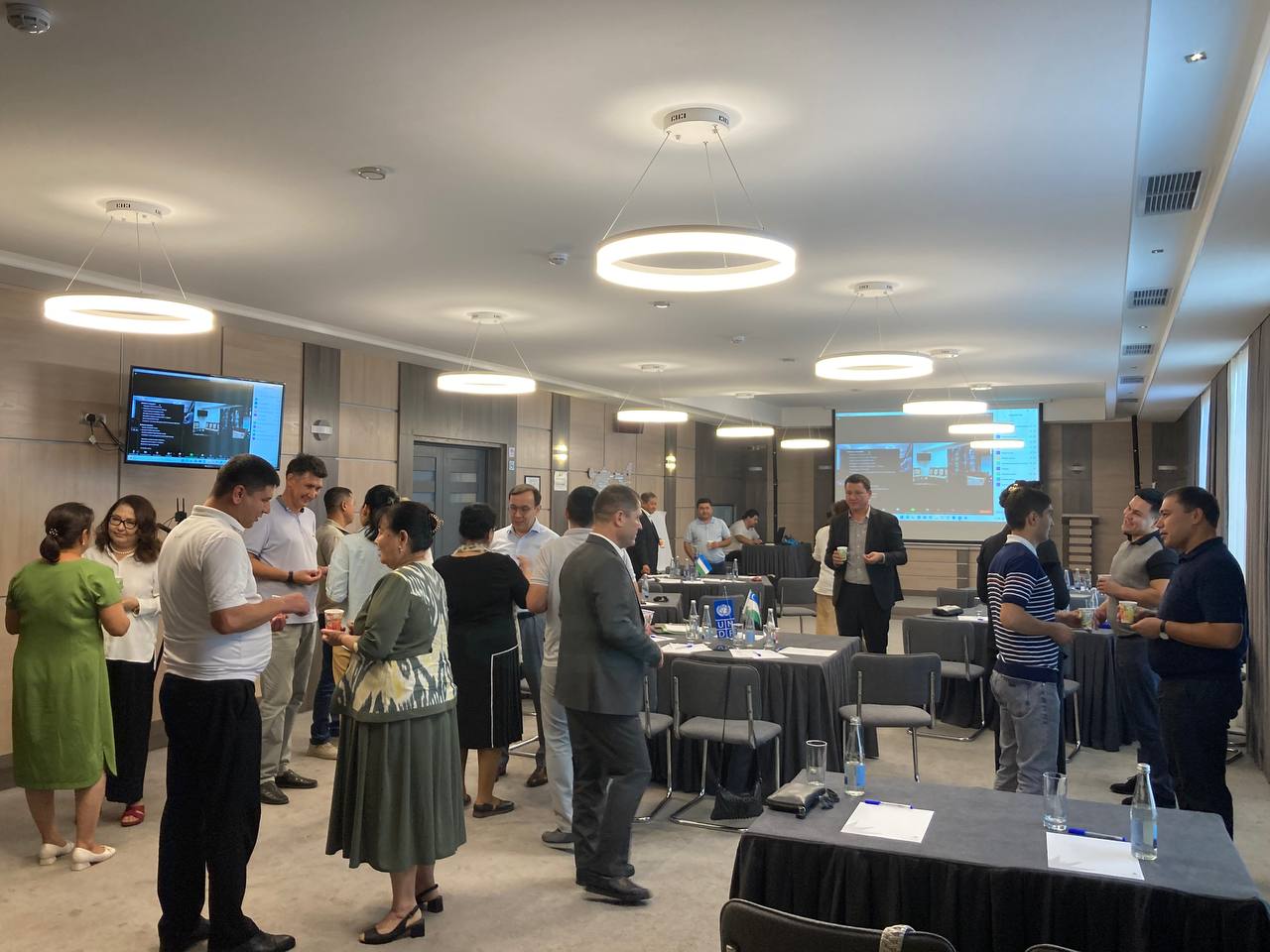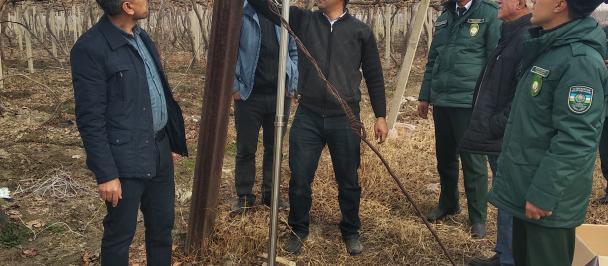Active participation of local communities is critical for sustainable rural development
September 15, 2022
What is needed for sustainable rural development?
The answer to this question, like the development process itself, requires close involvement and active participation of local communities in identifying their problems and needs for the development of rural infrastructure.
That is why, for three days; September 7-9, 2022 together with the Ministry of Economic Development and Poverty Reduction, with the financial support of the Islamic Development Bank and the OPEC Fund for International Development, we have launched the community mobilization training in pilot regions. The participants of the training were local facilitators, specifically attracted by the project for close interaction with pilot communities, who will be involved in the process of designing Community Development Plans, as well as representatives of local khokimiyats, mahallas, engineering, and other interested organizations in the Republic of Karakalpakstan, Khorezm, Bukhara and Navoi regions, who will be involved in the process as part of their work activities. As a result of the training, 12 dedicated facilitators are expected to work with 66 communities in four pilot regions and help develop 66 Community Development Plans. This methodology was developed by UNDP and has been repeatedly tested in other projects.
Clara Utepbergenova, an experienced facilitator from Karakalpakstan, commented on the program, stating, "The training was essential and relevant for the forthcoming job. It was instructive and beneficial for both novice and experienced facilitators. The former acquired the necessary knowledge and tools for work, and the latter refreshed the existing ones and learned new approaches. The atmosphere at the seminar was businesslike, and the time was used as efficiently as possible. There were many practical exercises based on real examples of the issues that the rural communities face.”

Once the facilitators master the basic tools and techniques for community mobilization, they can coordinate the assessment of the situation in the target regions and help them design effective Community Development Plans that will clearly outline the needs of the local rural population. In addition, they will hold focus group discussions with representatives of target communities in order to form initiative groups comprised of community activists from diverse professions. Such initiative groups may include village council officials, youth representatives, people with disabilities, women, and the retired, and any residents who are willing to join the group to contribute to the community development.
These initiative groups will represent the community's interests during the implementation of their Community Development Plans, as well as monitor and engage in various educational trainings and awareness events.
Natalia Narbekova, National Consultant on Community Mobilization in Navoi region, shared her feedback on the training: “The training went well because representatives of both NGOs and government agencies were present. The trainers introduced innovative ways of community mobilization to determine the population's demands, on which we will conduct workshops with people. All conditions were provided, including handouts and methodology.”

This training is part of a new project on Sustainable Rural Development that was launched in June with the Ministry of Economic Development and Poverty Reduction of Uzbekistan and the financial support of the IDB and OPEC. This project aims to strengthen the capacity of local target communities to identify their needs and develop action plans; to increase the capacity of various organizations, including architectural and design institutes as well as representatives of khokimiyats, to develop improved engineering projects and master plans, with the introduction of new energy-efficient innovative and digital technologies for the development of rural infrastructure, and to ensure the sustainability in rural development.

 Locations
Locations

